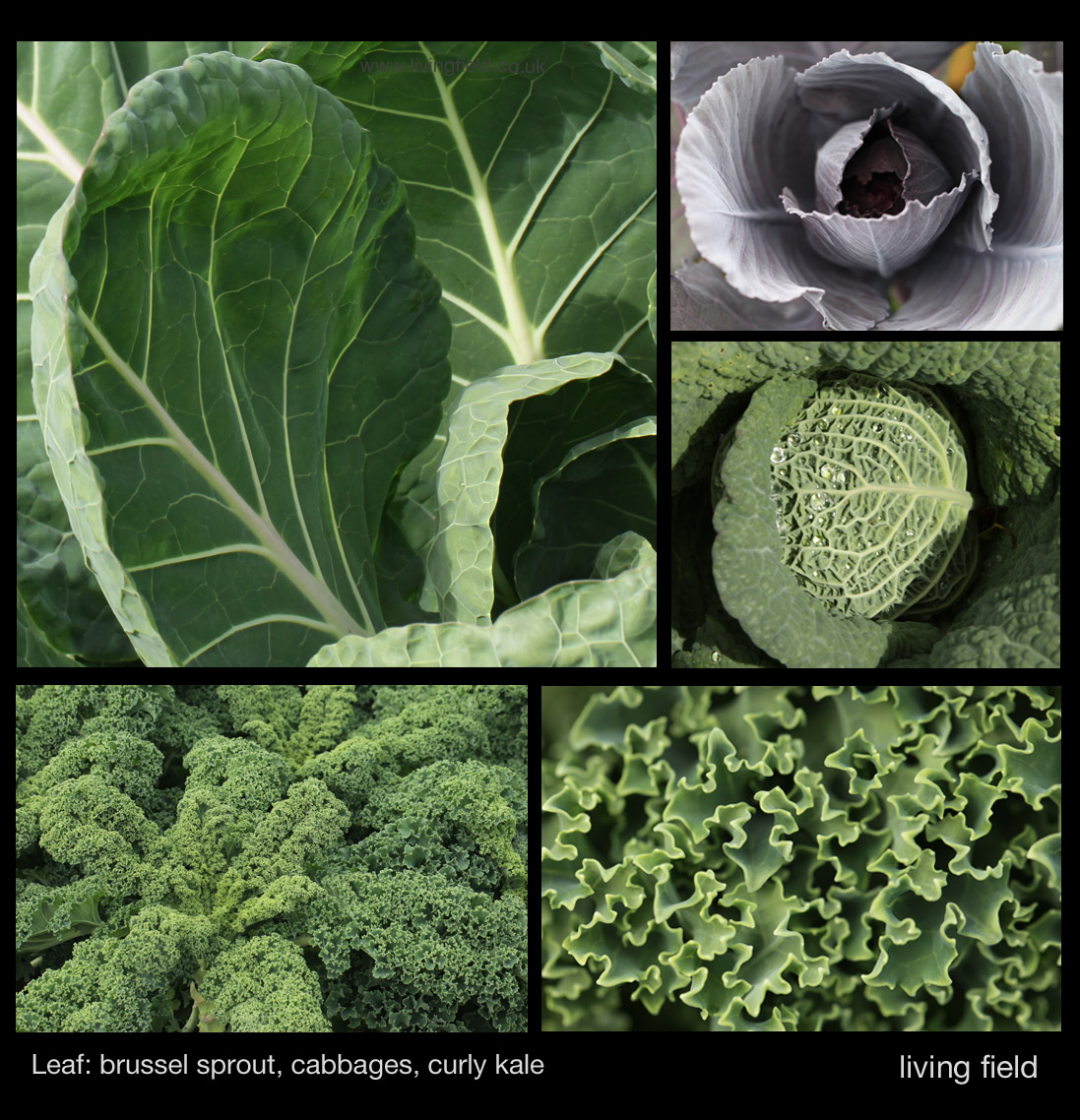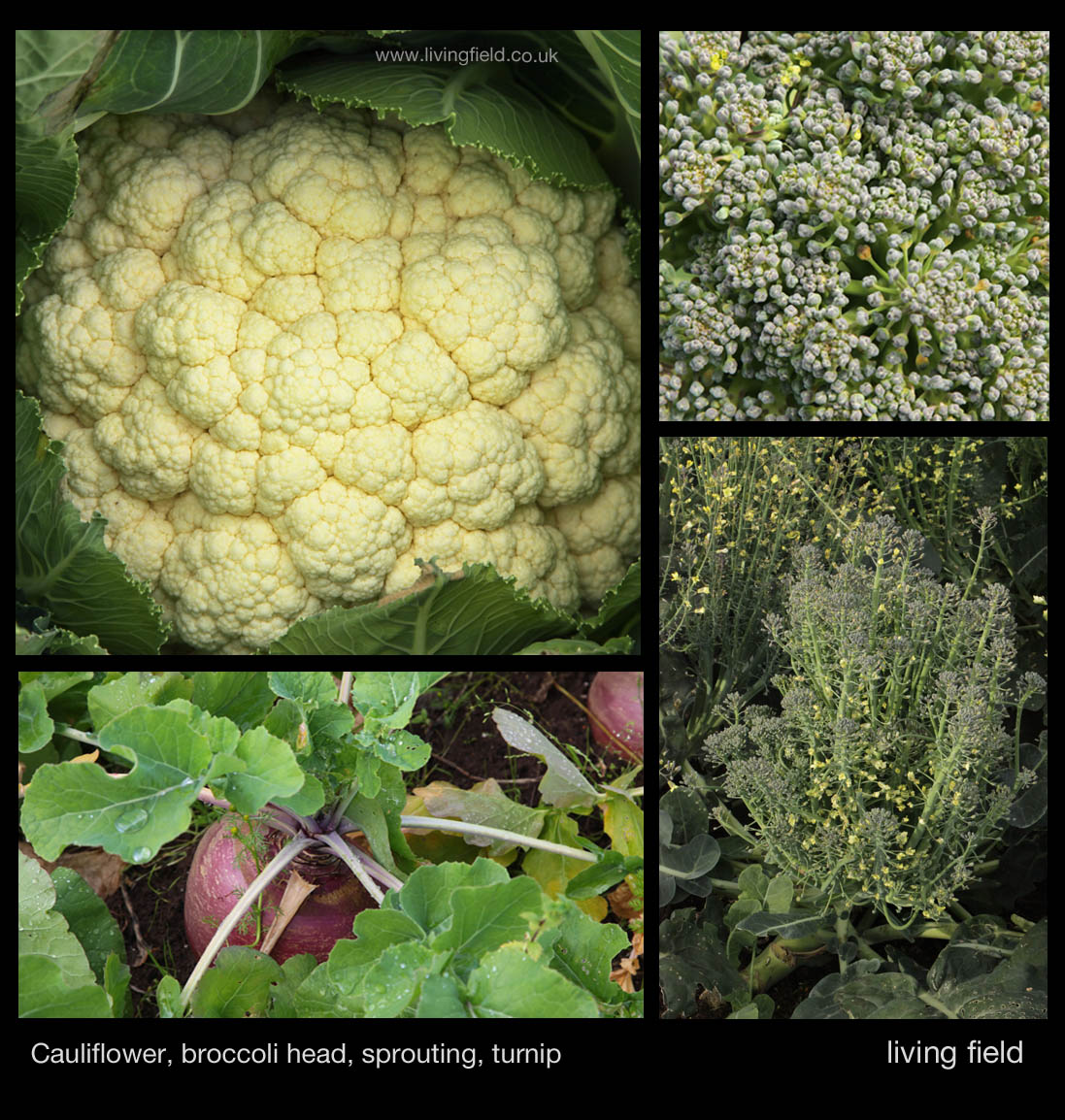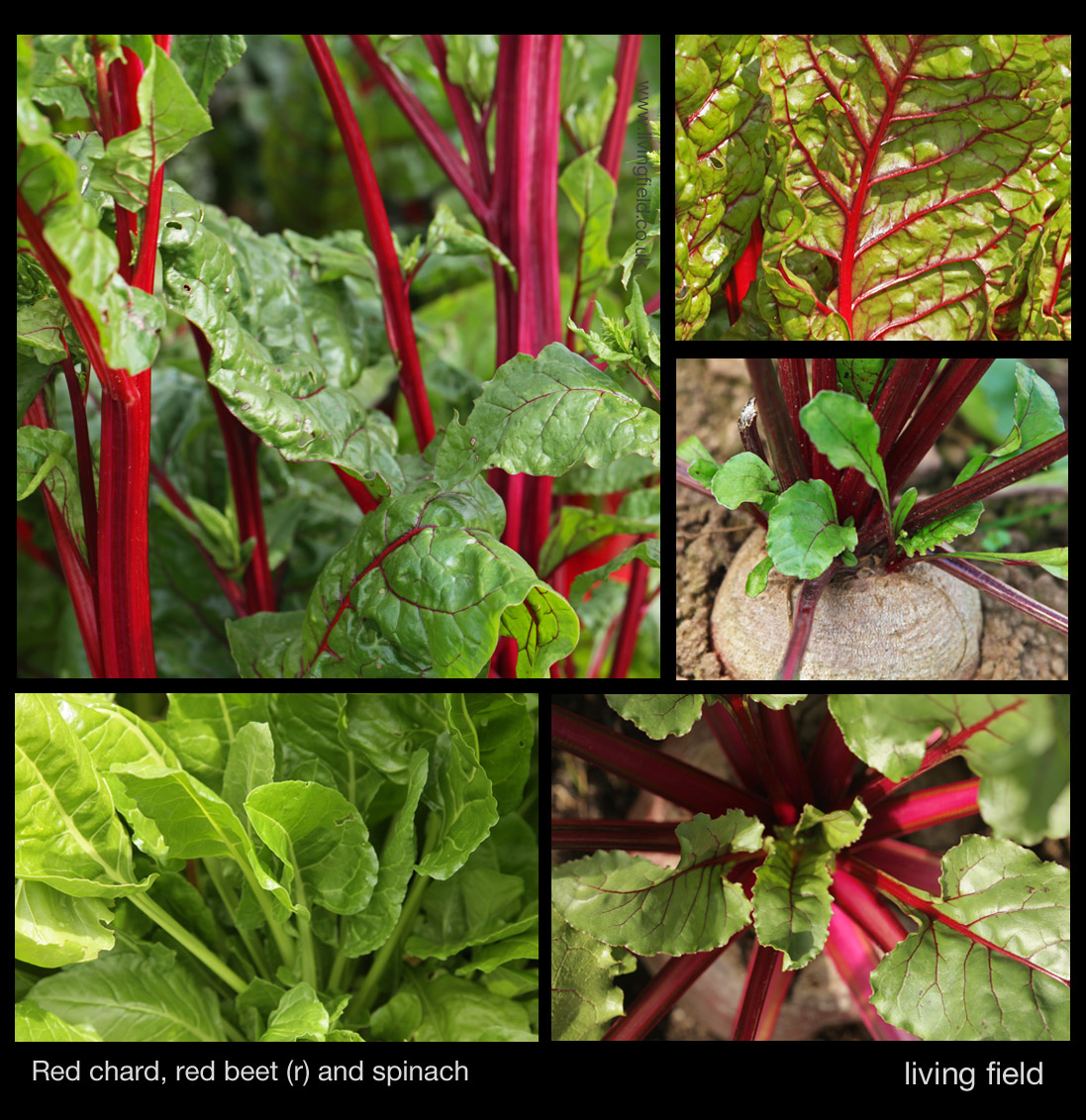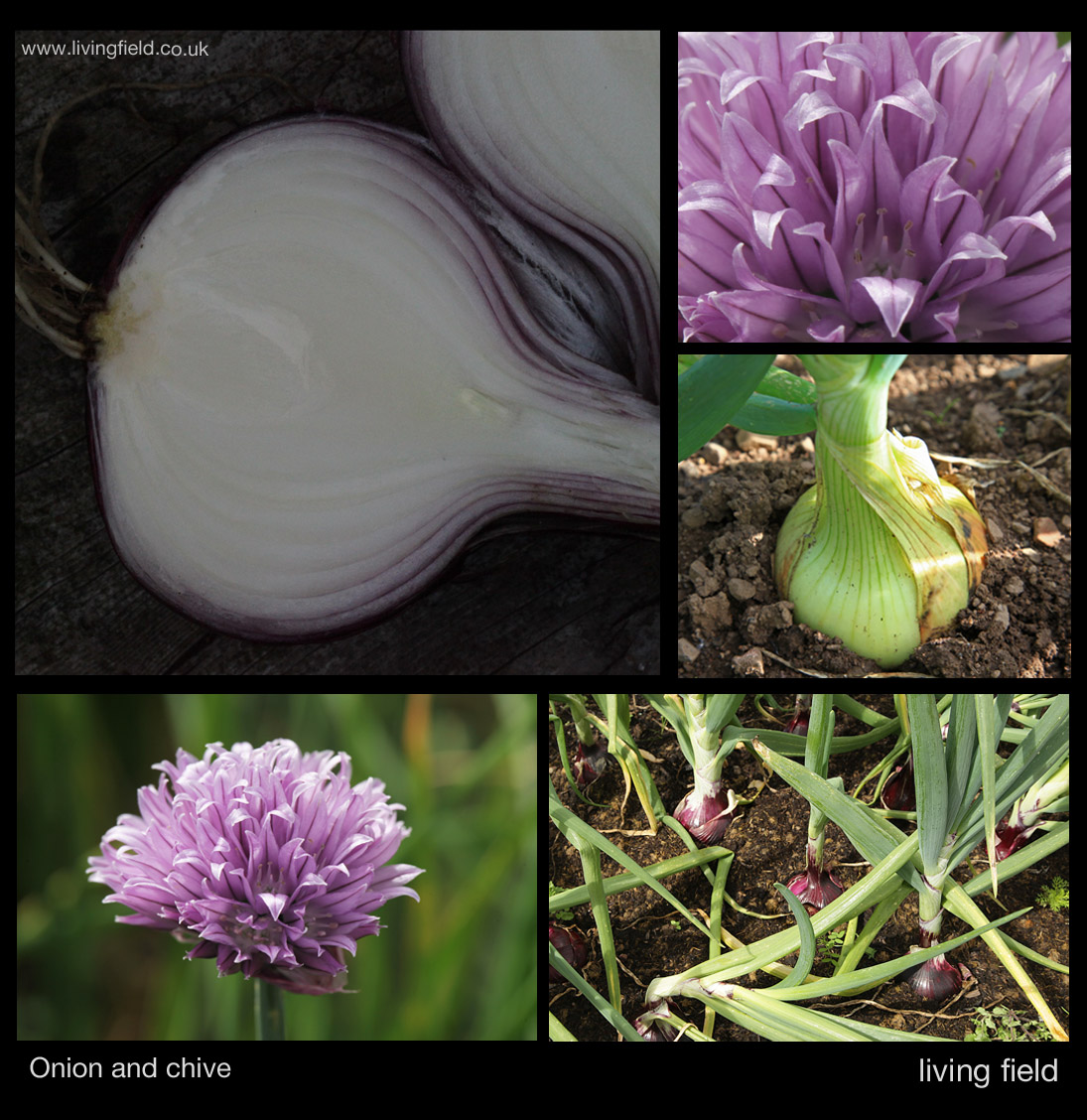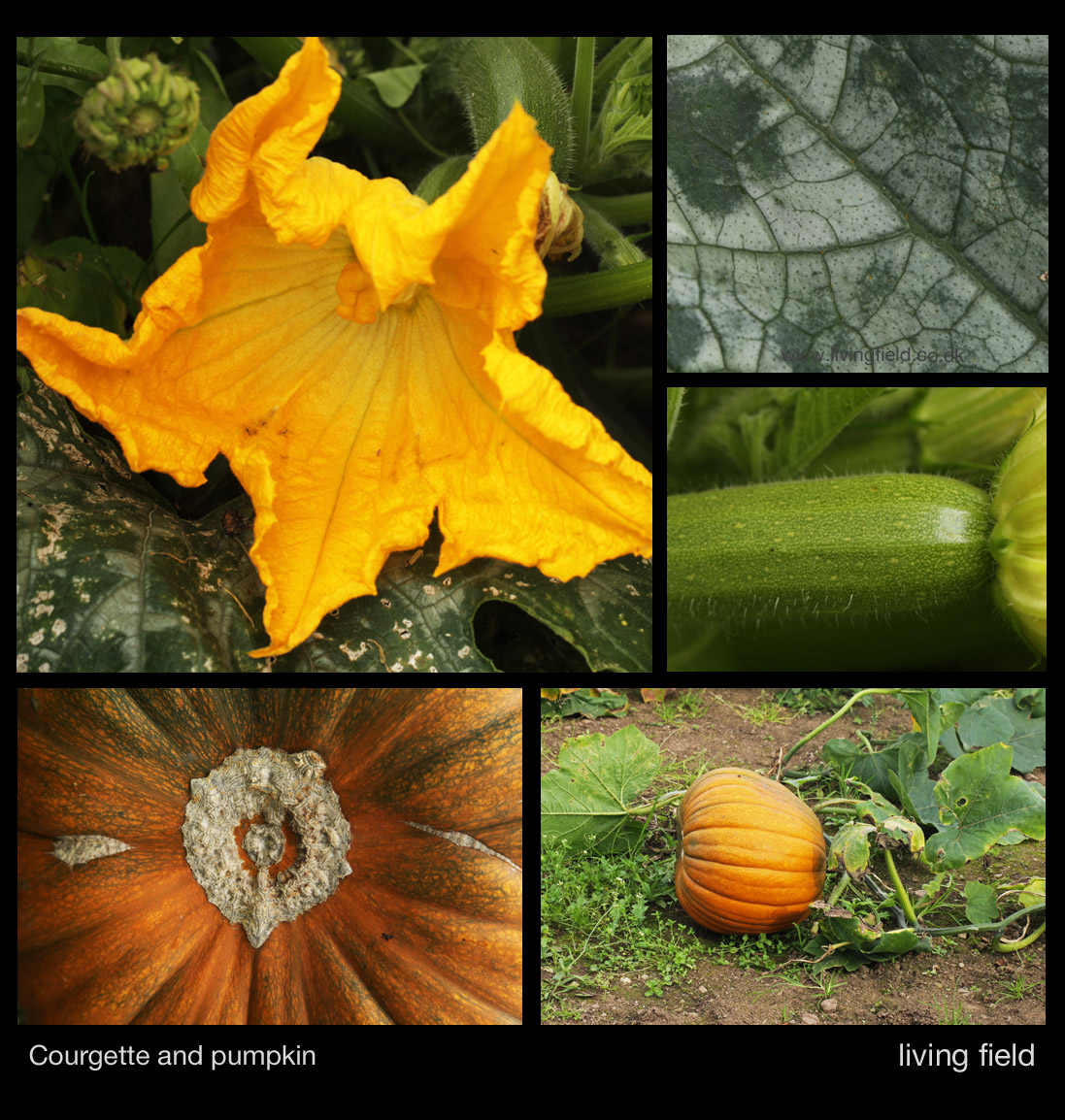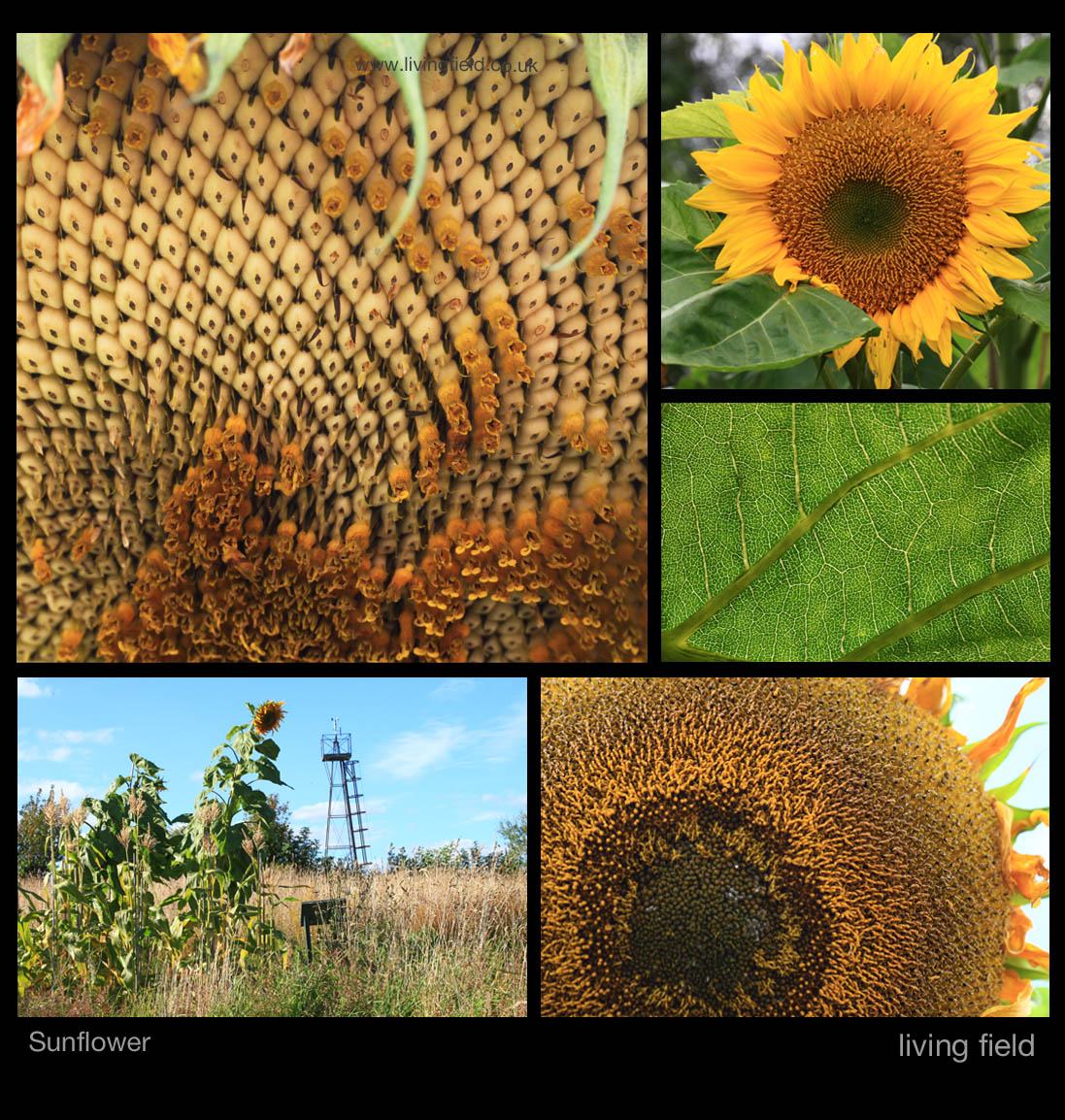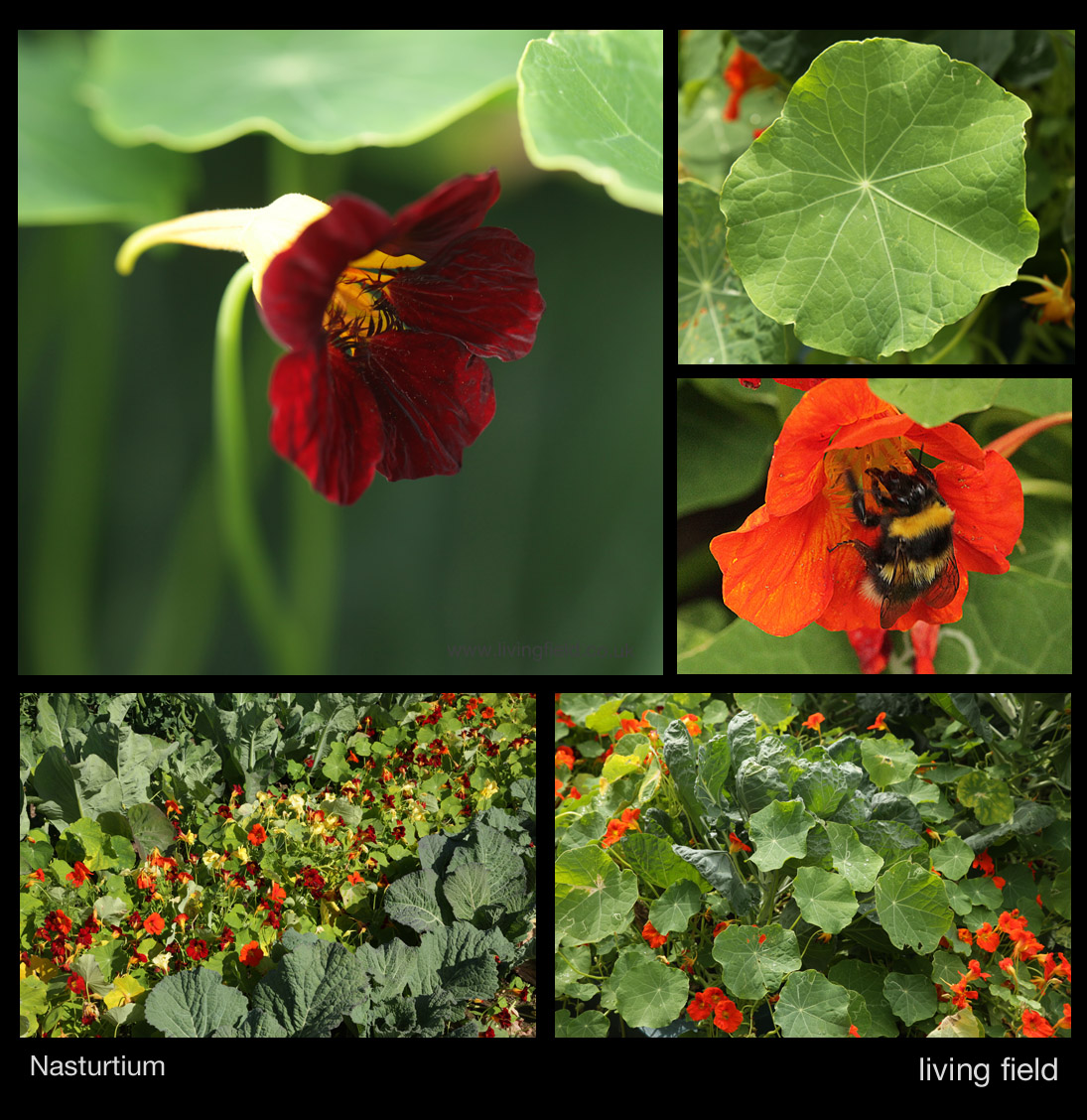The leaves, stems, roots and flowers of plants have been eaten uncooked or part cooked since well before cereal-based agriculture came to the croplands thousands of years ago. However, many of what we now call vegetable crops were brought here much later than the cereals, some such as turnip and potato within the last few hundred years.
Others, including sweet corn and sunflower arrived even more recently from sub-tropical lands. The garden vegetables are a highly diverse group of plants, each providing one or more plant parts for harvest – leaf or stem, young flower, root or stem tuber, seed pod and seed itself.
The quality of each vegetable is influenced by the part it plays in the plant. The leafy ones such as spinach, lettuce and rocket are high in nutrients and trace elements, a necessity of their role in capturing and converting sunlight. The legumes, peas and beans, are high in protein, especially in their pods and seeds, a result of the unique ability of these vegetable plants to fix nitrogen from the air (see the page on Legumes).
Images above show vegetables in the garden (top left to right), peas, pumpkin flower, sunflower plants, (mid) swede, onion, part of sunflower head, (bottom) maize ‘tassel’ and view across beet, onions and peas (Living Field collection)
‘Roots’ such as turnip, swede, potato, beet and parsnip are storage organs, rich in carbohydrate. The ‘roots’ changed food security in these islands for the better when they were introduced as field crops after 1700. They provided living plant food for people and their stock animals through the winter, long after the cereals and grain legumes had been harvested.
Brassica – leaf, flower and root
The cabbage family has contributed more than any other, except perhaps the legumes, to the variety of the vegetable garden. At its centre is the wild cabbage Brassica oleracea, a species that has given rise to an array of domesticated sproutings and sprouts, cauliflowers and leaf cabbages.
Those in the images below are eaten for their leaf. Top left is leaf of brussels sprout, the young compact sprouts just forming on the stem below. To the right are two forms of cabbage, grey and wrinkly. Below are two views of curly kale. Boiled, stir-fried or pickled, the leaf brassicas have sustained the mineral and vitamin intake of people here for centuries.
Other forms of Brassica oleracea are grown for their flowers or root tubers. Cauliflower and broccoli are the commonest in this region and also a range of plants with sprouting flower heads. If the main flowering shoot of broccoli (top right below) is cut when firm, the lower side shoots will then expand quickly and can be cut and eaten as ‘spouting’ (lower right below). Other forms do not have the central firm head but sprout from all their branches.
The close relative Brassica rapa is widely known as the turnip. It is cultivated in two forms – a swollen root tuber and a yellow flowering oilseed crop grown in parts of northern Europe. This oilseed was once grown in the north of Britain but is now rare here.
The hybrid between Brassica oleracea and Brassica rapa is called Brassica napus, which also divides into tuber and oilseed forms – the yellow-orange fleshed swede, often called turnip or neeps (lower left below)) and the crop now widely grown here and known as oilseed rape. Most forms of cultivated brassica can be eaten raw as seedlings.
Chard, beet and spinach
Beet is one of the Chenopodium family, so a relative of the weed and one-time vegetable, fat-hen Chenopodium album. The group consists of a wild form that has given rise to many cultivated forms – sugar beet, fodder beet, the leafy chards and the well known red ‘root’ varieties that are commonly referred to as beetroot.
Like wild cabbage, wild beet has a very restricted range close to the sea. Some taxonomies name all these beets Beta vulgaris and then qualify each as a subspecies e.g. ssp. maritima for wild beet and ssp. vulgaris for root beet. Most forms are sexually compatible and hybridise. Spinach Spinacia oleracea is a close relative but another species.
In the vegetable garden, they are mostly harvested in the first year, either as leaf and stem, as in the chards, or tuber as in red beet. Some of the cropped forms such as fodder beet take longer to grow their large tubers and usually last over the winter and if left will flower the next year.
The images above show the red stems and leaf of chard (upper), leaf and tuber of red beet (mid r and lower r) and spinach (lower l). They are cooked as leaf vegetables and tubers and can all be preserved pickled for eating over the autumn and winter.
Onion and chive
Wild garlic or ramsons Allium ursinum is the local relative of the cultivated onions, its bulbs and leaf adding subtle, mild garlic, taste, raw or cooked. Some wild garlic live uneasily in the garden among the plants in the ditch and under the trees.
The onion Allium cepa and chive Allium schoenoprasum are the most widely cultivated of this group in Europe. The ‘bulb’, leaves and flowers of chive can all be eaten. Onions are typically grown for their swollen, overwintering leaves, packed into a ‘bulb’ at the base of the stem. In the garden, varieties or red or white onion are planted in the plots or raised beds each year. Chives grow easily, this year in the raised beds. Images below show (main) onion sliced in half, (then clockwise) close-up of edible chive flower head, white and red onions in the ground and chive head.
Carrot and parsnip
Both carrot Daucus carota and parsnip Pastinaca sativa are members of the family, the Umbelliferae, now called Apiaceae, that holds its flowers and seeds in umbels. The cultivated forms have swollen upper roots that can be stored for a time in soil or after harvest. They each originate from wild forms of the same species that do not tend to have such swollen storage organs. Most carrot and parsnip and biennial in cultivation, producing the swollen root in the first year, after which they are usually harvested, and flowering in the second if left. Wild carrot grows freely in the garden, self-seeding and establishing itself where the ground is undisturbed for a few years. Wild parsnip has a more restricted distribution; there are no examples in the garden.
Potato
Solanum tuberosum, the potato, is one of several Solanum species domesticated or partly domesticated in central and south America. It was brought across the Atlantic by early European explorers and at first treated as a curiosity. It became established in Scotland as a tuber crop – an esculent – in the 1700s. It spread throughout the world in the last 300 years, becoming one of the world’s great staples along with rice, maize and wheat.
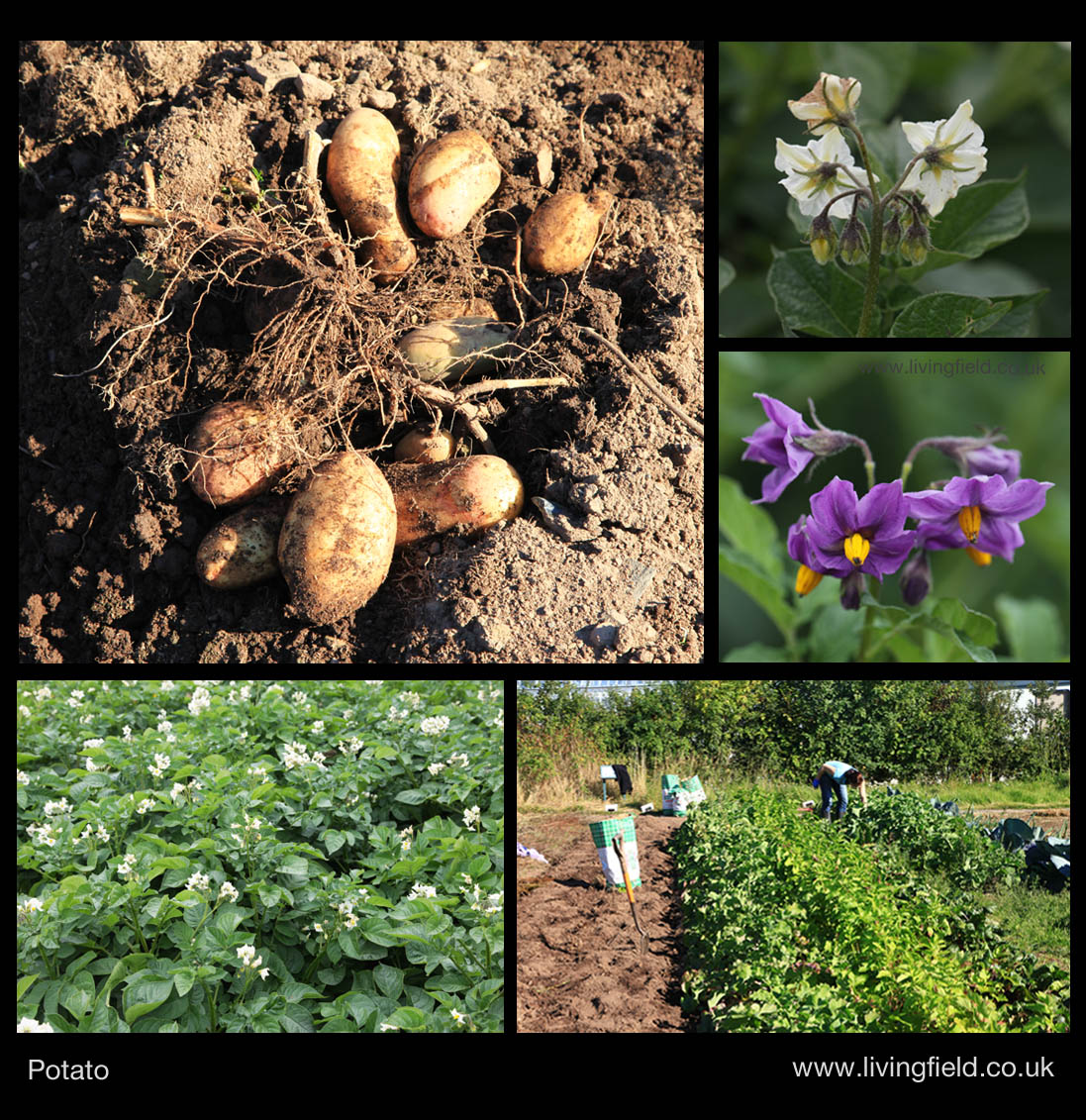
The images above show the tubers on one harvested plant, flowers from two varieties (top tight), a well grown crop (lower left) and harvesting.
The tubers are formed at the end of outgrowths (stolons) from lower leaf axils. They push their way into the soil and bulk to form the tuber. The flowers have the characteristic look of the nightshades, and along with many of that family, some parts of the plant are poisonous.
The potatoes grown in the Garden are from the James Hutton Institute’s potato collection. We grow some standard modern varieties alongside gourmet choices such as Mayan Gold and one bred for organic growing, Lady Balfour.
Courgette and pumpkin
Courgettes, squashes and pumpkins are mostly forms of the same very useful species Curcurbita pepo. They can look different in growth habit and fruit but their leaf shapes and textures are similar and the flowers take the same form as shown in the images below.
The fruits are heavy and tend to lie on the ground as they expand, commonly sheltered by the foliage. The courgettes can be harvested when young, from early July if not before, or left to grow to 20-30 cm in length. Pumpkins are usually left on the ground and harvested in August or September.
The images above show courgette flower (t l), leaf (t r), a courgette fruit developing behind the flower just visible (mid r), and pumpkins on the ground and close up.
Sunflower and other exotics
The cold and wet usually sees off anything mediterranean or subtropical but in warmer years, sunflowers are the ones most likely to produce seed every year, and though their produce is mostly oil and not vegetables, we include them here because there is no web page specific to oils in the garden.
Sunflowers are started in the glasshouse then planted out before they reach half a metre in height. The flowering heads are similar to those of many other composites (Asteraceae) in the garden, but much larger: yellow ray florets to the outside and many disc florets which turn into seeds containing the oil. The images below show a maturing head (top left), then young flowering head, leaf, a late flowering head and a group of plants.
Peas and Beans
These members of the legume family are grown every year. They enrich the soil by fixing nitrogen from the air into small nodules, usually about 2 mm wide, on the upper roots. The nodules are formed through a symbiosis with bacteria that live in the soil and invade the young roots. The fixed nitrogen is moved around the plant, being concentrated in the pods and seeds, which are higher in nitrogen and protein than cereal grain for example.
The legumes grown in our climate are mainly from the plant genera Vicia, Pisum and Phaseolus. The broad bean Vicia faba is the same species as the commercially cultivated field bean. Species of Phaseolus make up most of the rest of the beans, now available to the gardener in many forms and varieties. Peas are variously suitable for eating as whole pods or unripe pea seeds, and in marrowfat varieties can be dried and stored for many months. There will be more on peas and beans on the Legumes page.
Maize and rice
The sweetcorn varieties of Zea mays are grown here among the vegetables. They produced fine small cobs, tasty roasted or grilled with herbs and oil. Maize is a grass family member that holds its male and female organs at different points on a plant, not in the same floral structure. We tried proso millet once, which just about flowered, and rice, which came to little. Further information will be given at Garden/Cereals.
Nasturtium
Nasturtium is sometimes grown mixed in with plants of the cabbage family to encourage white butterflies to lay their eggs on the nasturtium and not the cabbage leaf. We do not know if it worked this year (2017) because there were few of the butterflies. Young leaves, buds and flowers are eaten as raw salad or added to a stir fry. The flowers are a food source for bees, the floral trailing branches budding off flowers through much of July and August.
Images above show single flower (t l), single leaf (t r), flower with bee, plants (l r) and alternate rows of nasturtium and cabbage (Living Field collection).
Sources and management
Potato varieties are grown every year in one of the four crop beds as part of the arable sequence. The ‘seed’ tubers are usually sourced from the Institute’s potato collections. Potato is grown according to to strict protocols that aim to maintain the plants free from pests and disease.
Most other seeds are bought from commercial seed merchants. Some are started off under glass and planted out when a few inches in height. Others are seeded directly in rows.
Staff at the Institute sometimes donate specialities – in 2016 we had giant sunflower, sweet corn, two types of pumpkin and a water melon from a member of the horticulture staff, Jim Wilde. In 2017, Jim planted various maize, including a giant, squashes and pumpkins.
Our vegetables generally grow well but can suffer the same disasters as many gardeners experience – gaps in rows where seeds fail to germinate or where slugs take their toll. Typical arable weeds germinate from the soil seedbank but are easily removed until they can be dominated by the crops.
In most years insect pests are not a big problem, perhaps because we encourage parasitic wasps, spiders, ground beetles and their other natural enemies by ensuring habitat for them close by. Only potatoes are sprayed, against blight.
One thing is certain, as every gardener will tell you – fresh vegetables, picked, cooked and eaten the same day are so delicious they make you realise how bland is the usual packaged fare.
Links on this site
Posts and pages ……. The Garden’s Vegetable Bounty – images of some of 2017’s bumper crop …. The Garden at Open Farm Sunday 2017 ……. Jean Duncan’s Neep (swede) painting ……. Volunteers crops as weeds – the Brassica complex …… more on a volunteer’s life at Oilseed rape in flowering broccoli ……. Woad, indigo, Tam o’Shanter, potato and vegetables of the Burns Supper at SoScotchBonnet ……
From our correspondents ……. Growing vegetables in Shetland at Transition Turriefield …… Notes and vegetable map to support Nourish Scotland’s Vegetable Summit (Peas Please) at Can we grow more vegetables? …..
[Last update: 9 March 2018]


